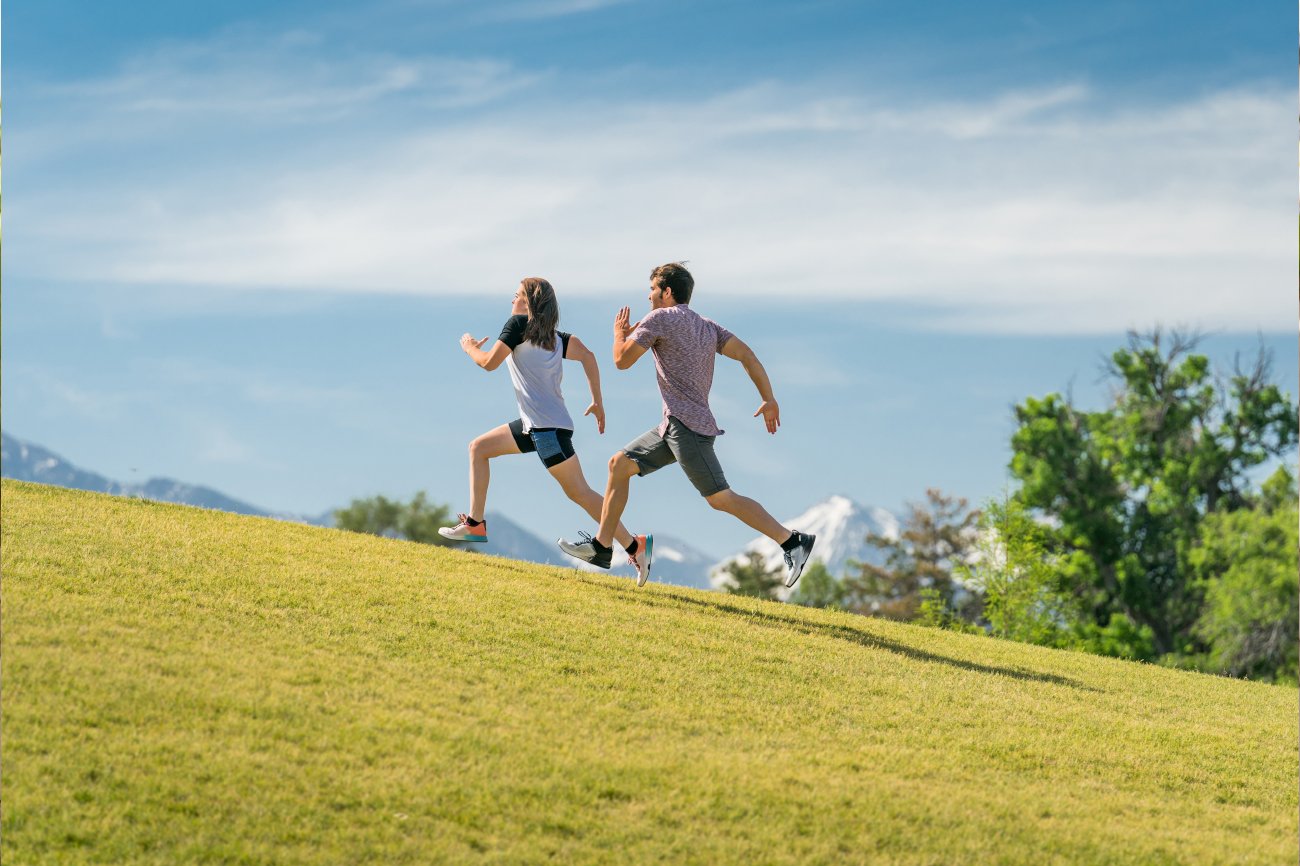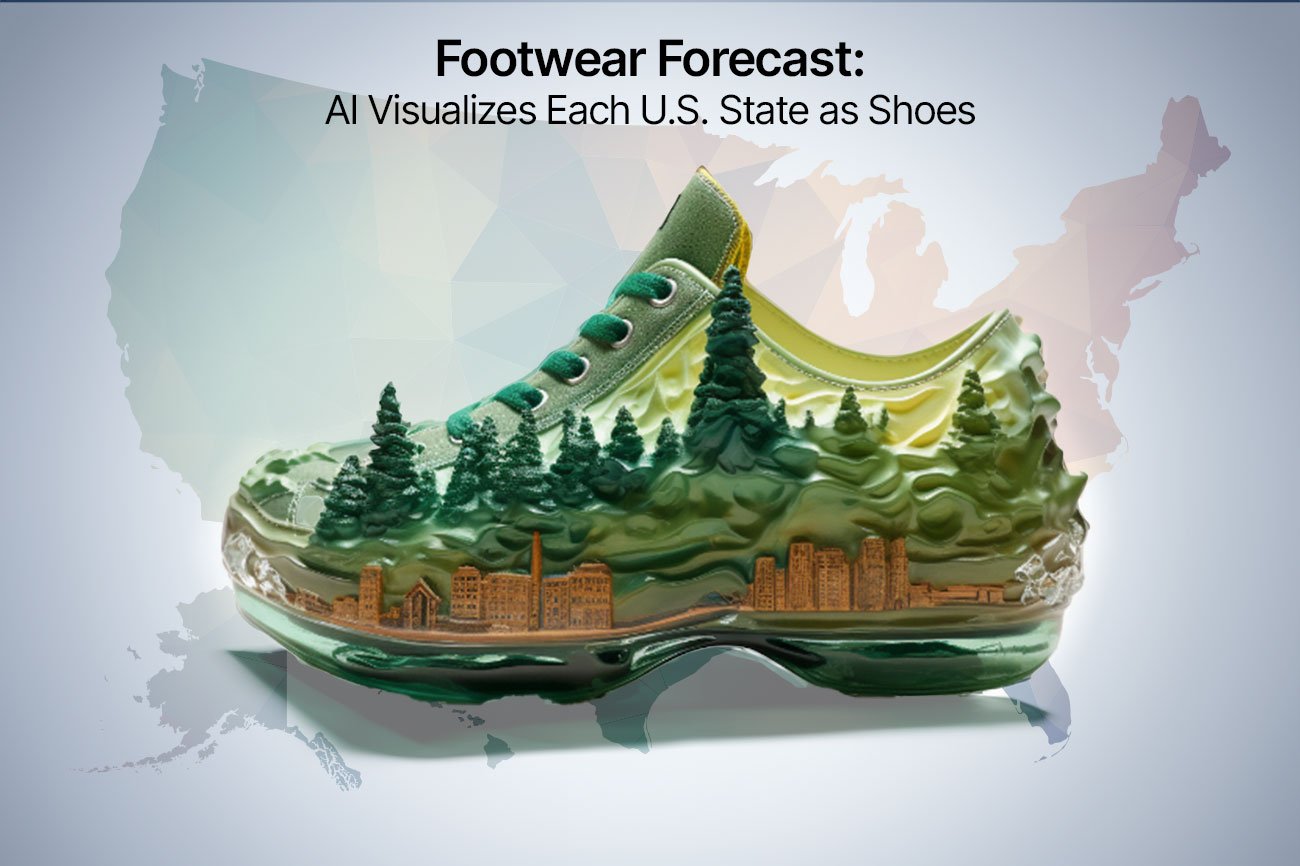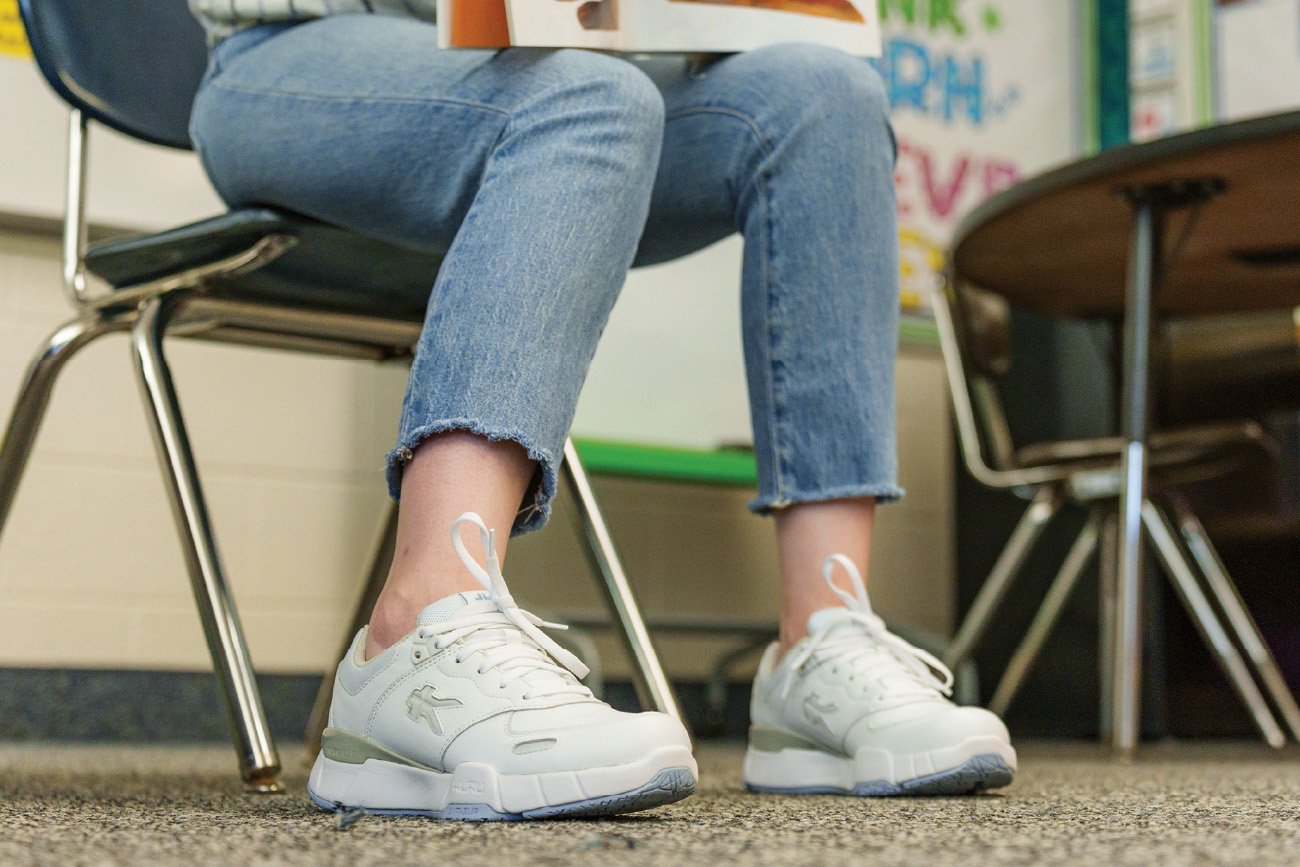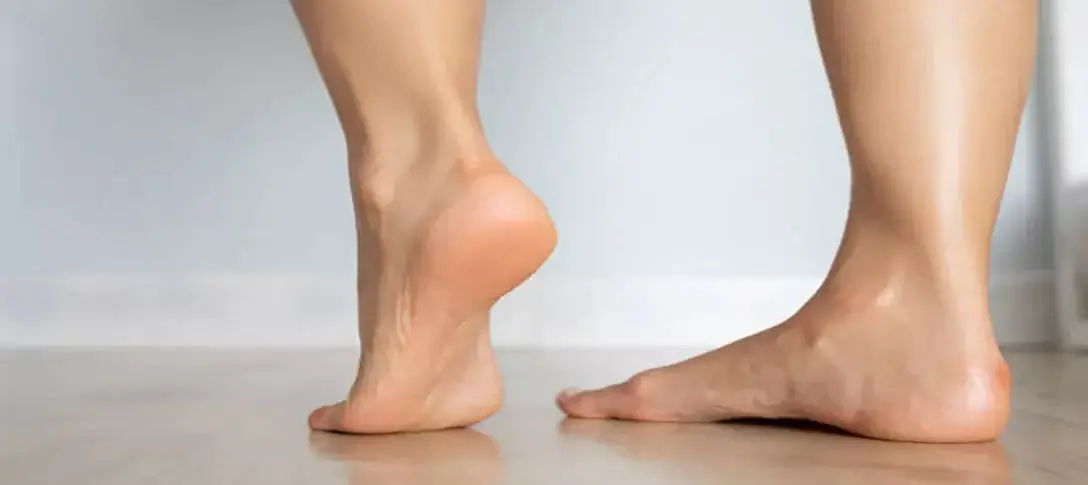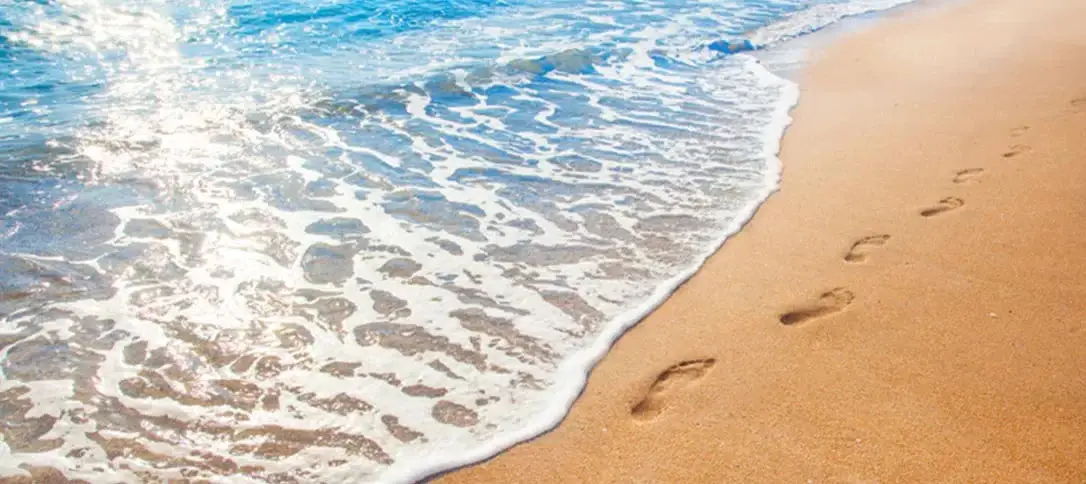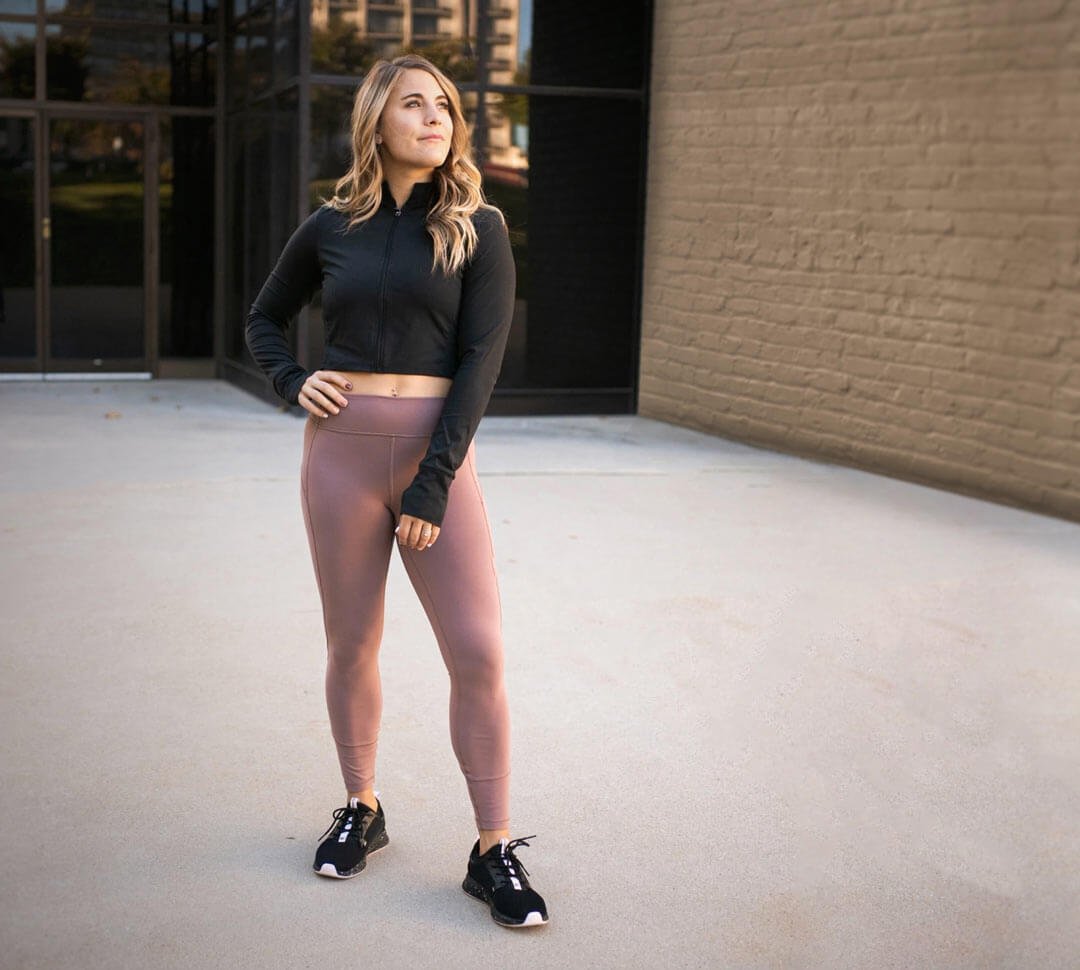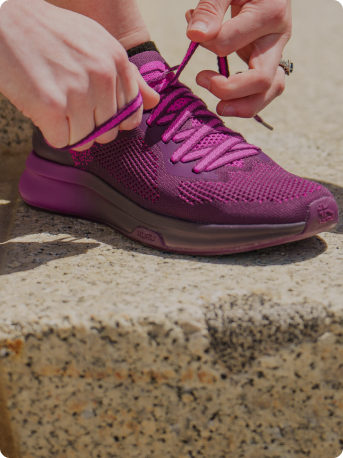Best Shoes for Flat Feet
We’ve all heard how vital arch support can be for high arches—but what happens when our arch is a little closer to the floor? We believe a low or flat arch needs just as much love!
An arched foot acts like a natural spring, but when an arch is flat, it reduces the foot’s ability to absorb shock. That’s why the best shoes for flat feet—for women and men alike—provide shock absorption, arch support, and heel stability to facilitate the foot’s natural biomechanics.
Flat feet, or “fallen arches” occur when the foot’s arches are less rounded, causing most or all of the soles of the feet to touch the floor.
While some people with flat feet have no symptoms, this condition can lead to over-pronation—or the over-rotation of the ankle inward—resulting in poor alignment of the joints and pain in the ankles, knees, hips, and back.
Arches that are very low or even touch the floor do best with a little extra boost. Good shoes for flat feet provide the shock absorbing cushion and spring your feet need to help maintain alignment and stay pain free.
One way to address the symptoms of flat feet is through exercises and stretches, which can help strengthen the muscles and improve foot posture. In the video below, we’ll demonstrate how to do a toe extension and arch stretch to relieve pain and discomfort associated with flat feet.

Flat feet can be caused by various factors and can develop at any age. Understanding the most common causes and risk factors associated with flat feet can provide insights into its development and help individuals take preventive measures. Here are some key factors to consider:
Symptoms associated with flat feet include arch flattening, foot pain, overpronation, and fatigue, as well as difficulties in finding suitable footwear. Understanding these symptoms can help you identify whether you have flat feet and seek appropriate care and treatment. Here are the key indicators of flat feet:
Facts and Stats
We take a look at some facts and stats you might not have known about flat feet. Read on to find out more!
- About 25% of the US population—or about 60 million people—have flat feet.
- Most people are born with flat feet and arches develop throughout early childhood.
- Flat feet in adults can stem from a genetic predisposition, injury, or medical condition, such as arthritis, cerebral palsy, or muscular dystrophy.
- Another common term for flat feet is “fallen arches.”
- Flat feet are often associated with over-pronation, or an excessive rolling “in” at the ankle.
Diagnosing and treating flat feet involves a combination of assessments and interventions to address the underlying causes and alleviate symptoms. Below are the key aspects of diagnosing and treating flat feet.
It’s important to consult with a healthcare professional or podiatrist for an accurate diagnosis and personalized treatment plan tailored to your specific needs and the severity of your flat feet condition.
-
How do I know if I have flat feet?
Though your doctor or podiatrist can give you an official diagnosis through a gait analysis, you can perform a simple test at home to start.
Get your bare foot wet and step on a dry piece of paper—preferably one that can absorb a bit of water. You likely have a very low arch or flat foot if you see most or all of the sole of the foot imprinted on the paper.
-
Do flat feet need more or less arch support?
Flat feet typically require more arch support. The natural arch in the foot acts as a shock absorber, distributing the weight evenly and providing stability during movement. However, in individuals with flat feet, the arch is either significantly reduced or completely absent, leading to imbalances and increased stress on other areas of the foot. Therefore, providing adequate arch support becomes crucial for those with flat feet.
Arch support helps to restore proper alignment, reduce overpronation (excessive inward rolling of the foot), and alleviate the associated discomfort and potential complications. By providing additional support to the arch, individuals with flat feet can improve their foot mechanics, reduce strain on the surrounding structures, and enhance overall foot function and comfort.
-
How do I know which shoe to buy for flat feet?
The best shoes for flat feet—for men and women alike—offer extra shock-absorbing cushion, a roomy toe box, and high-quality arch support.
Whether you’re looking for running shoes for flat feet, work shoes, stability shoes, or dress shoes, KURU offers plenty of shoes for people with flat feet that can help alleviate symptoms and provide Pain Relief Beyond Belief.
-
Can you fix flat feet?
While it is not possible to completely “fix” flat feet in most cases, there are various treatment options available to manage the symptoms and improve foot function. Flat feet are often caused by genetic factors or a natural variation in foot structure, which cannot be permanently altered. However, with appropriate interventions, individuals with flat feet can find relief and improve their quality of life.
Treatment for flat feet focuses on addressing associated issues such as foot pain, overpronation, and discomfort. This may involve exercises to strengthen the muscles that support the arch, stretching the Achilles tendon and plantar fascia, wearing supportive footwear with cushioned arch support, and using orthotic inserts or custom-made shoe inserts to provide additional support. In some cases, physical therapy or specialized footwear may be recommended. These interventions can help alleviate symptoms, improve foot mechanics, and enhance overall foot function.
It’s important to consult with a healthcare professional, such as a podiatrist or orthopedic specialist, for a proper diagnosis and personalized treatment plan based on individual needs. With appropriate care and management, individuals with flat feet can lead active and comfortable lives.
-
Are your shoes considered orthopedic shoes?
Due to the anatomical shape of the KURUSOLE, custom orthotics with a rounded heel fit best inside our shoes. If the
underside of the custom orthotic (the part that sits on the footbed) is squared off, then it may not fit into our deep heel cup—which is rounded like your foot.That said, many of our customers tell us the KURUSOLE technology offers better support and stability than they expected, and that they don’t need to wear their custom orthotics with KURU shoes.
-
I just received a pair of your shoes and my feet are sore/hurt after wearing them. Why is that?
Some customers experience tenderness when they first start wearing a new pair of KURUs. That’s ok! Your body may need time to adjust to the new levels of anatomical support you experience with our patented KURUSOLE technology. Our shoes are also designed to mold to your unique foot shape, which takes a bit of a break-in period.
To help mitigate this, we suggest you follow our break-in procedure, including wearing your KURUs for a couple hours per day around the house in the first couple of weeks as they break in and form to your foot.
In our study on foot pain across America, 19% of 6,030 survey respondents reported having flat feet.
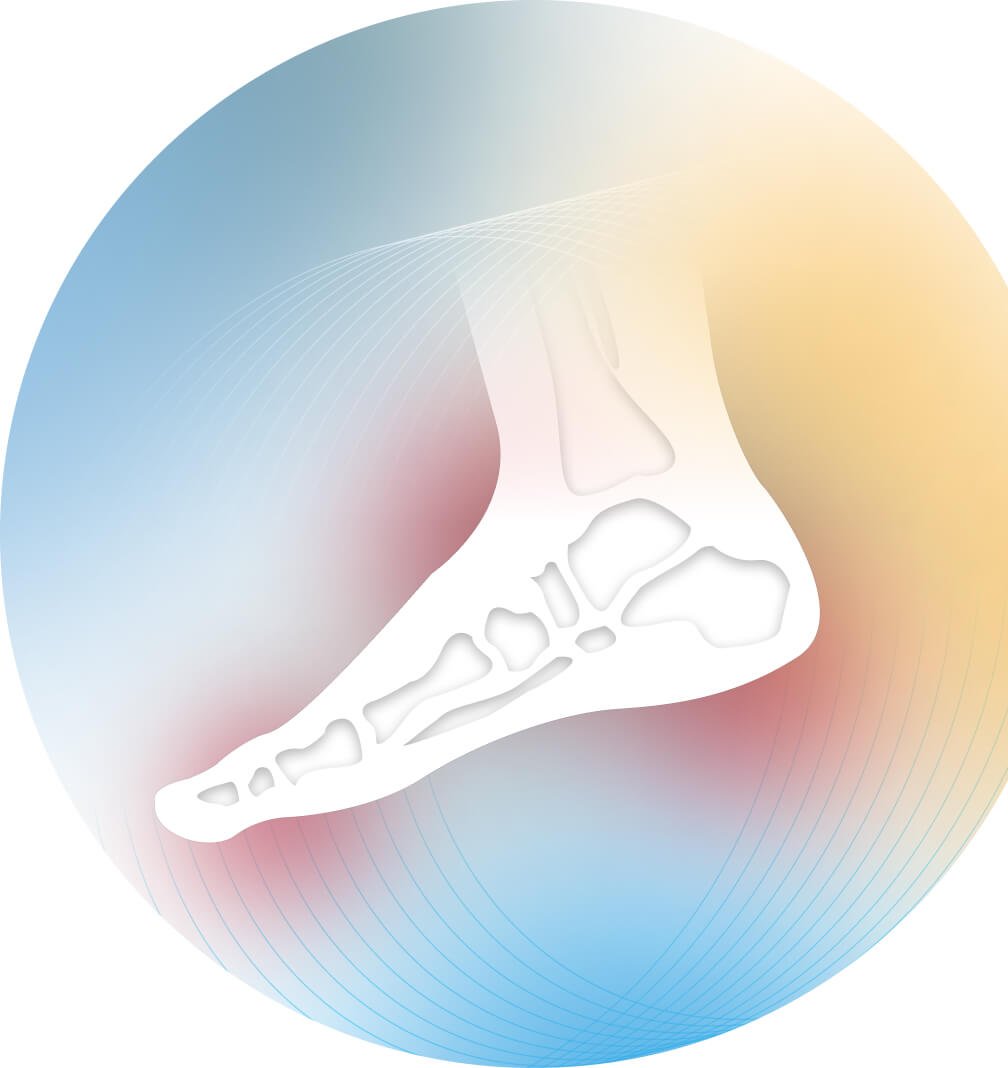
When it comes to choosing the best shoes for flat feet, it’s essential to prioritize comfort, support, and stability. Flat feet, characterized by the lack of natural arches, can lead to discomfort, overpronation, and foot fatigue. Fortunately, with the right pair of shoes, individuals with flat feet can find relief and enhance their overall foot function. Below we provide you with valuable insights and tips on how to select the perfect shoes for flat feet.
At KURU, we pride ourselves on our unique approach to shoe design. We believe that shoes should be shaped to fit the natural contours of your feet, which is why we create every pair in three distinct support layers, not just an insole.
Our revolutionary ergonomic design starts with a curved footbed and adds unparalleled triple-layer support that includes shock-absorbing KURUCLOUD, heel-cupping KURUSOLE, and arch-supporting ULTIMATE INSOLES. The result? Shoes that are so comfortable you’ll stop thinking about your feet.
KURUSOLE
Our KURUSOLE helps your foot leverage its natural cushioning system: the heel’s fat pad. Featuring patented technology, …Show More
Our KURUSOLE helps your foot leverage its natural cushioning system: the heel’s fat pad. Featuring patented technology, KURUSOLE cups and provides stability to the heel while allowing it to dynamically flex with each step for long-lasting support.
…Show lessKURUCLOUD
Flat feet love an extra-cushioned foundation. That’s just what they get with our KURUCLOUD. This layer of dense EVA foam absorbs …Show More
Flat feet love an extra-cushioned foundation. That’s just what they get with our KURUCLOUD. This layer of dense EVA foam absorbs shock from heel to toe, allowing the entire sole of your foot to experience lasting comfort.
…Show lessULTIMATE INSOLE
These 5mm premium foam, moldable insoles are the icing on the cake. Unlike traditional thin inserts, ULTIMATE INSOLES are made of crush-resistant …Show More
These 5mm premium foam, moldable insoles are the icing on the cake. Unlike traditional thin inserts, ULTIMATE INSOLES are made of crush-resistant polyurethane foam so you keep a bounce in your step mile after mile.
…Show less
KURUSOLE
Our KURUSOLE helps your foot leverage its natural cushioning system: the heel’s fat pad. Featuring patented technology, KURUSOLE cups and provides stability to the heel while allowing it to dynamically flex with each step for long-lasting support.
Fine, We’ll Tell You Our Secret
What makes KURU different? Every KURU shoe comes with built-in patented KURUSOLE tech—a foot health game changer.
While other shoes are flat on the inside, KURUSOLE is shaped like your foot to hug and prevent fatigue and pain.

